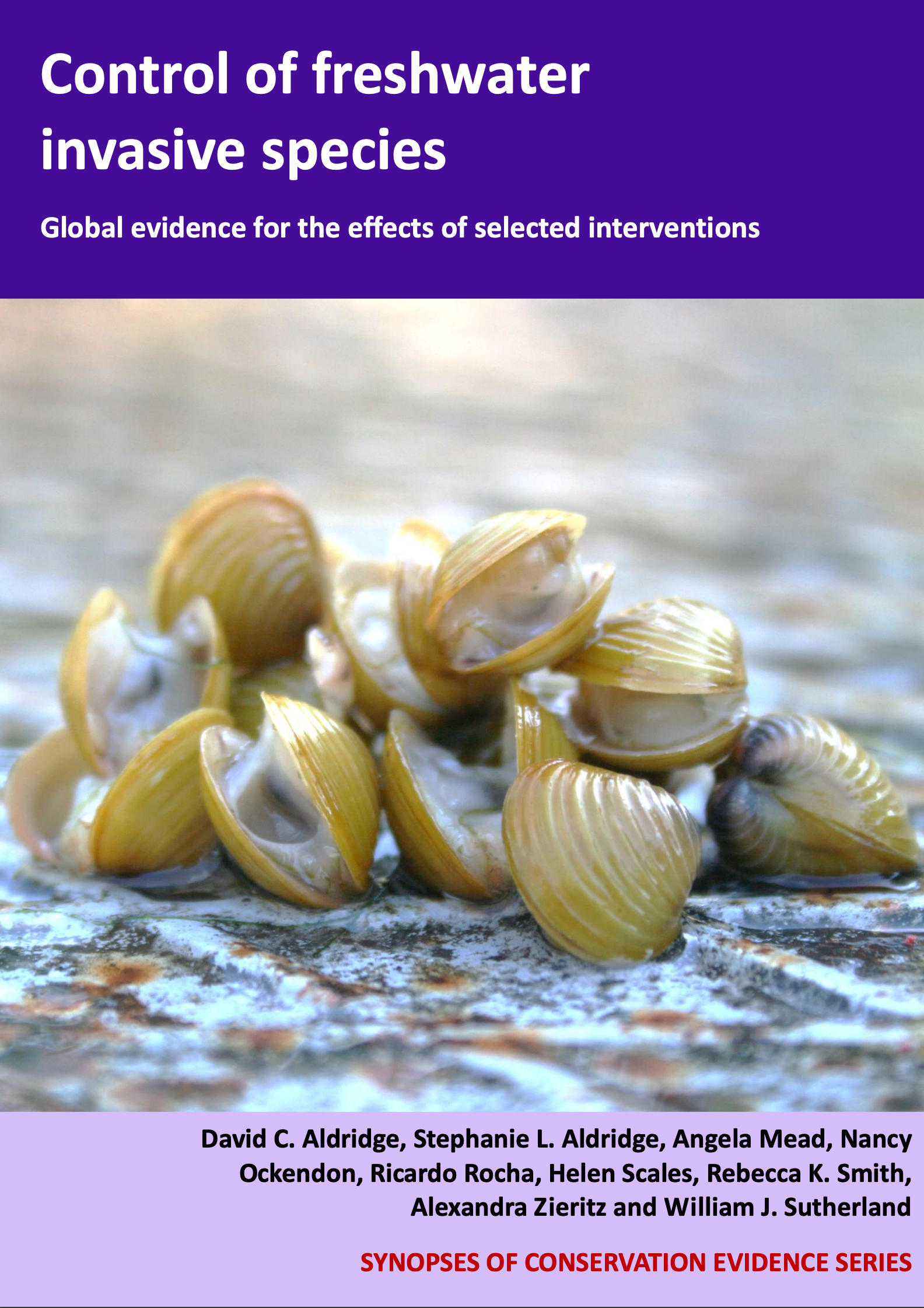American bullfrog control: Direct removal of adults
-
Overall effectiveness category Likely to be beneficial
-
Number of studies: 4
View assessment score
Hide assessment score
How is the evidence assessed?
-
Effectiveness
50% -
Certainty
70% -
Harms
0%
Supporting evidence from individual studies
One replicated study in 2012 and 2013 in Balen, northeast Belgium (Louette et al. 2014) found catchability of adult bullfrog in small shallow ponds using one double fyke net for 24 h to be reasonably consistent at approximately 0.7%. Catchability of adult American bullfrogs was investigated using mark-recapture at the peak of reproduction. Adult bullfrogs were sampled during 16 separate capture occasions. At each sampling occasion in 2012, ten ponds were randomly sampled, and six ponds at each capture occasion in 2013. For every subsequent sampling occasion, a new randomisation of sampled ponds was made. Each time, one double fyke net was placed 2m out and parallel to the shore of the longest side of the pond for 24 h. Every two days, fyke nets were alternated between the opposite banks of the ponds under investigation. Individuals were marked with an injection of pigment under the skin, and released in the centre of the pond.
Study and other actions testedOne small study in 2008 and 2009 in Colorado, USA (Snow & Witmer 2011) found that bullfrog adults were captured overnight in a single trap floating on the water surface, but that shoreline trapping was relatively unsuccessful. Shoreline trapping only captured one bullfrog across two ponds, each with two traps, in 10 total trap nights in 2008. However, two floating traps placed in a third pond in 2009 captured 18 bullfrogs in 10 trap nights. Thirteen additional bullfrogs were removed by hand netting. All attractants trialled captured bullfrogs, and the rate of capture did not differ among types. In all ponds, two traps were tested, each 69 × 69 × 25 cm and constructed with 1.3 × 1.3 cm wire mesh. In 2009, the traps were modified so they floated by attaching Styrofoam flotation devices to the underside of the traps. A range of attractants were added to the traps, including lights, live crickets, and fishing lures, with various combinations of attractants tested for one to four nights.
Study and other actions testedOne replicated, controlled study from 1986-1989 and 1992-1993, in the San Bernardino National Wildlife Refuge, Cochis County, Arizona, USA (Rosen & Schwalbe 1995) found that bullfrog populations rapidly rebounded following intensive removal of the adults. At one study pond, 854 large (80+ cm body length) bullfrogs had been removed from about 0.2 ha of habitat. After three to four active-season months, a 50-80% rebound toward pre-removal numbers was observed, together with weak evidence of positive effects on native leopard frogs and garter snakes. From 1986-1989 and 1992-1993, intensive bullfrog removals were conducted two to three times per year using funnel traps, hand spears, guns, and hand capture. Simultaneous monitoring of native ChiriCahua leopard frogs and Mexican garter snakes was carried out at the sites of bullfrog removal.
Study and other actions testedOne before-and-after study from 2006 to 2009 on Natural Park Périgord-Limousin sites, France (Guibert et al. 2010) reported a significant reduction in the number of recorded adults and juveniles following the shooting of metamorphosed individuals before reproduction, along with trapping of juveniles and collection of egg clutches. The number of sighted and destroyed bullfrogs decreased from 130-140 in 2006 and 2007, to approximately 80 in 2008, and fewer than 40 in 2009. It was reported that most of the bullfrogs eradicated by shooting were males due to ease of location relative to the silent females. Shooting with airguns was carried out at night using two person teams. One person was responsible for tracking and identification, and the other was responsible for eradication.
Study and other actions tested
Where has this evidence come from?
List of journals searched by synopsis
All the journals searched for all synopses
This Action forms part of the Action Synopsis:
Control of Freshwater Invasive Species
Control of Freshwater Invasive Species - Published 2017
Control of Freshwater Invasive Species Synopsis





)_2023.JPG)














